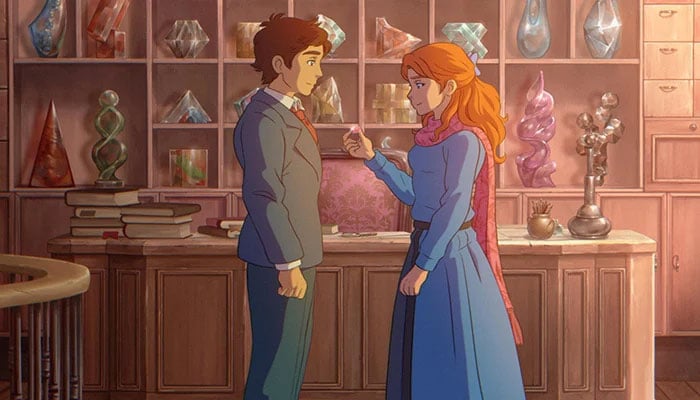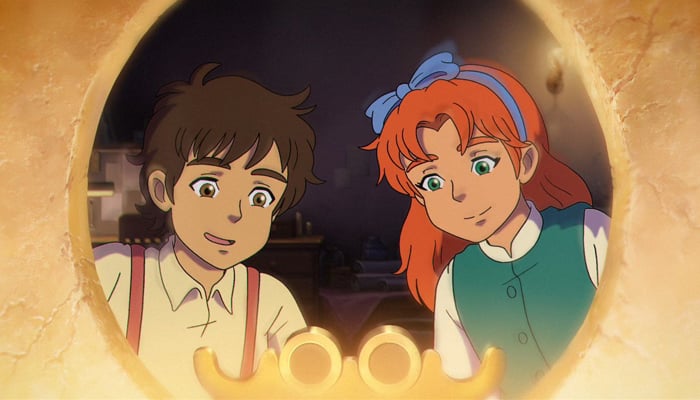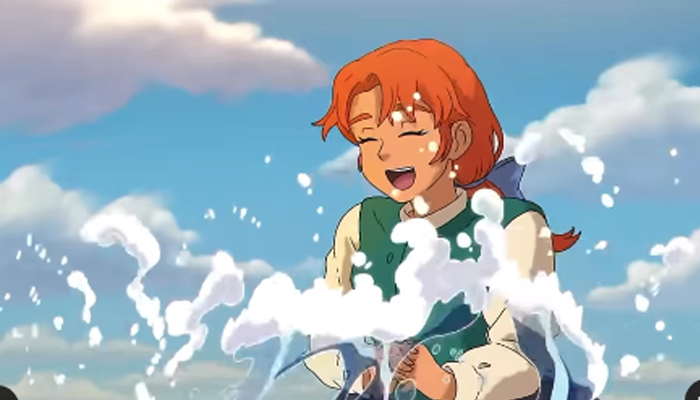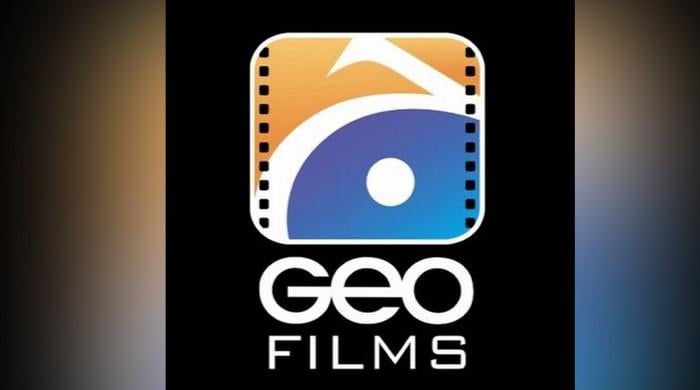Animating history: 'The Glassworker' as Pakistan's first hand-drawn anti-war film
The film took 10 years to complete, says creator Usman Riaz
July 26, 2024

The buzz is all over social media as Pakistan's first hand-drawn animated film has been released nationwide. While many are excited to watch it, others are curious about what "hand-drawn animated film" means.
To break it down, Computer-Generated Imagery (CGI) and hand-drawn animation are two different styles. CGI uses computers to create moving images, which allows for detailed and complex visuals. Meanwhile, hand-drawn animation is crafted entirely by hand, with each frame individually drawn.
In an era dominated by CGI and VFX, the film's creator Usman Riaz took his childhood passion for drawing to the next level. Not only did he design the storyboard for the film, he also drew over 14,000 initial frames to bring the story to life on the big screen.
Before diving into the details of the film, let's talk a bit about Riaz.
He began working on the film 10 years ago when he was 23. Riaz's passion for music started at the age of four, which eventually led him to study arts and film at the Indus Valley School of Arts in Karachi.
He shared in an interview with Geo Digital what took him so long to bring the film to fruition.
"It took four years to complete the film. The remaining six years were dedicated to building the infrastructure and foundation needed to produce the film, leading to the establishment of Mano Animation Studios."
Riaz mentioned that before bringing the film to the silver screen, he had to assemble a team capable of making his dream a reality. He even trained young artists to ensure they met international standards.
Now, let's talk about why you should watch this film.
The first reason is the compelling storyline. "The Glassworker" centres around an anti-war theme, intertwining heartfelt emotions with a captivating plot.
The main character, a glassworker, embodies high moral values and refuses to support those who initiate war. However, he faces a dilemma when he's coerced into aiding the military, with the promise that his son will remain uninvolved.
The film's release coincides with a time when the world is grappling with the Israel-Palestine conflict, making its anti-war message particularly resonant.
Although the timing wasn't planned, as Riaz shared with Geo Digital, he started working on the film a decade ago without anticipating its relevance to current global events.

He expressed sadness that the film's themes are still so relevant today.
“I’m very sad by the fact that it's relevant now”, Usman shared with Geo Digital.
This strong anti-war narrative emphasises how war disrupts peace, destroys lives, and strains relationships. It also explores how different professions can be manipulated and compromised by conflict.
"The Glassworker" follows the story of young Vincent and his father, Tomas, who run a glass workshop. Their peaceful lives are disrupted by a war that threatens to upend everything they hold dear.
Vincent's budding friendship with Alliz, a talented violinist and the daughter of a military colonel, begins to create tension between him and his father.
As the characters navigate the complexities of their relationships and the impact of the conflict, they come to understand that life is both beautiful and fragile, much like the glass they craft.
Usman describes "The Glassworker" as an "anti-war film" set in an ambiguous and fantastical world, drawing inspiration from his home country.

In addition to its anti-war theme, the film showcases great production design with the stunning architecture of the waterfront town, inspired by the cityscapes of Karachi.
Visuals reminiscent of iconic landmarks like Frere Hall and Empress Market are subtly integrated into the film. The overall production design intentionally avoids being too specific or traditional, aiming to create a unique, imaginative world for audiences.
The background music is another highlight of the film. In animation, conveying emotions as vividly as live-action performances can be challenging.
To bridge this gap, "The Glassworker" relies heavily on both voice acting and background music. The voices of artists like Dino Ali and Taimoor Salahuddin (Mooro) bring the lead characters to life, complementing the story beautifully.
Moreover, "The Glassworker" is a hand-drawn animated film suitable for both kids and adults, making it easy for families to enjoy together.
Regarding a global release, Usman mentioned that they are currently negotiating with international sales agents and also trying to bring the film to OTT platforms, and an announcement will be made soon.











